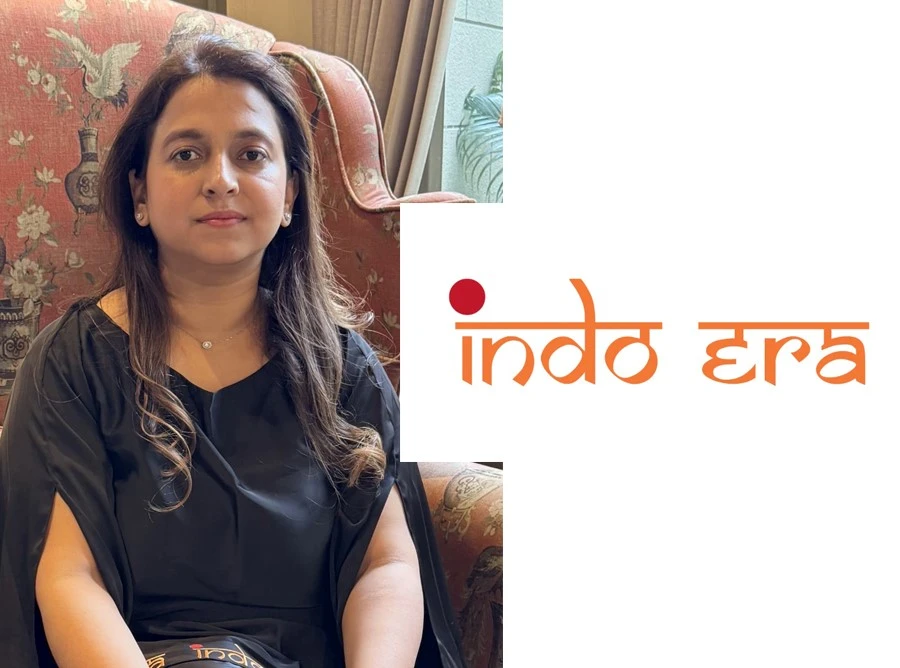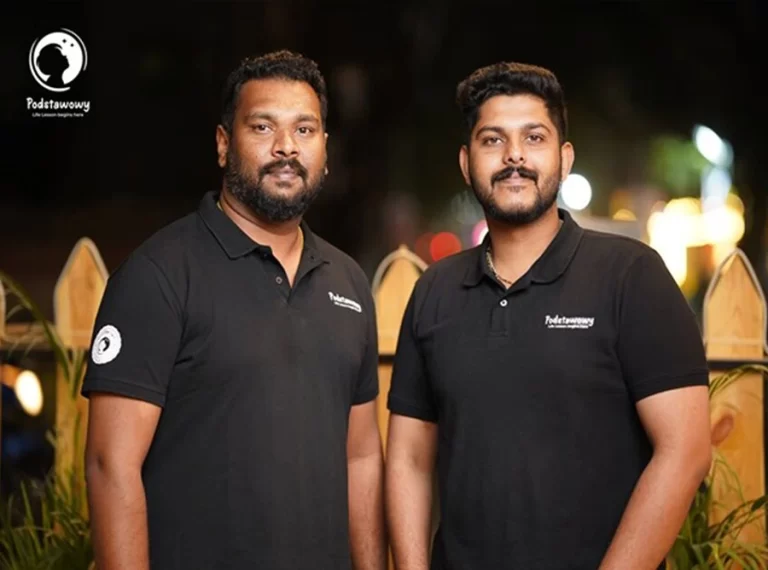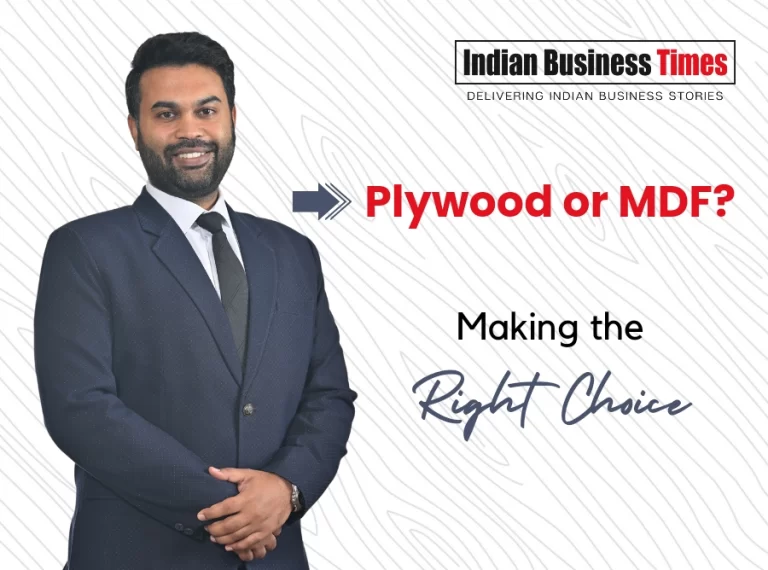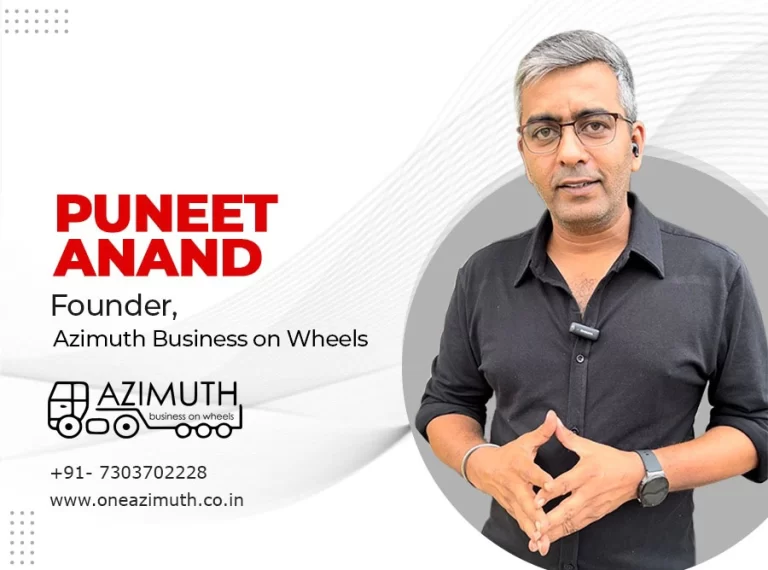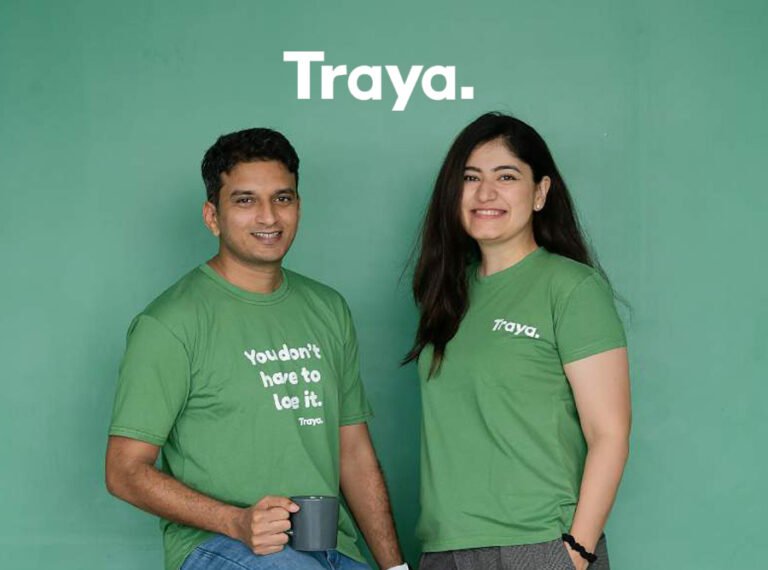How Srishti Tanwani Built Indo Era Into a ₹500 Cr Ethnicwear Brand Without External Funding
Srishti Tanwani, Co-founder & CEO of Indo Era, built a ₹500 Cr+ ethnicwear brand without external funding, scaling 4,800 SKUs and 10M+ customers through agility, women-led teams, and a strong Tier-II/III focus.
How Srishti Tanwani Built Indo Era Into a ₹500 Cr Ethnicwear Brand Without External Funding
In a candid conversation, Srishti Tanwani, Co-founder & CEO of Indo Era, takes us through her remarkable journey, from launching a homegrown ethnic wear brand without external capital to building a ₹500 Cr+ fashion powerhouse. She shares how data, design agility, and deep consumer understanding from Tier-II and III towns fueled Indo Era’s growth to over 4,800 SKUs, 200 monthly launches, and 10M+ loyal customers, all while staying proudly bootstrapped and deeply women-led.
What inspired you to launch Indo Era in 2018, especially without a fashion background or external capital? Was there a defining moment or challenge that set things in motion?
Answer:-
The seed for Indo Era was sown much earlier than 2018 - in childhood, watching my mother run her boutique and seeing how fashion could be personal and empowering. A B.Tech in IT and a Master’s in Fashion Management from NIFT, along with internships at Wooplr and Aditya Birla, gave me early exposure to retail and consumer needs. At 25, Indo Era began from a single room with no external funding, built purely on belief and customer trust.
The defining moment came realizing women had to choose between heavy occasion-wear and mass-produced pieces with no individuality. Everyday ethnic wear that was stylish, comfortable, and affordable didn’t exist. Indo Era was born to fill that gap — today serving 10M+ customers, launching 200 designs monthly, and growing into a proudly bootstrapped ₹500+ Cr brand.
How did you scale from 120 SKUs to over 4,800? What systems, processes, or lessons enabled such rapid expansion in design, production, and inventory management?
Answer:-
Indo Era began with 120 SKUs, but the ethnic wear market was traditionally unorganized, monotonous, and aspirational only for a few. By introducing fast-fashion principles and tracking trends, we expanded to over 4,800 SKUs, launching 200 new designs monthly. Focusing on Tier-II and Tier-III cities allowed us to offer affordable, stylish everyday ethnic wear for modern Indian women.
Integrated inventory and production systems, agile supply chains, and regular forecasting and audits ensured smooth operations. Growth came entirely organic, built on customer trust, word-of-mouth, and repeat purchases. Today, Indo Era ranks among the top ethnic wear brands on Myntra, Amazon, and Flipkart, balancing creativity with discipline while keeping customer experience central.
You deliberately targeted Tier II and III towns rather than metro markets initially. What insights guided that choice, and how do consumer priorities there differ from metros?
Answer:-
Indo Era strategically focused on Tier-II and Tier-III towns, where online adoption and demand for ethnicwear were growing rapidly. These markets had fewer high-quality, stylish, and affordable everyday ethnicwear options, providing a clear opportunity to serve evolving consumer needs.
Consumers prioritize comfort, versatility, durability, and value for money. With 100% in-house design, integrated manufacturing, and agile supply chains, Indo Era achieves 50%+ YoY growth in Tier-II/III towns, maintains return rates below 2%, launches 200 new designs monthly, and leverages insights from 10M+ customers to guide collections. This approach builds trust, repeat purchases, and scalable organic growth, establishing a strong foundation before expanding further into metro markets.
Maintaining consistent quality across affordable offerings is challenging. Can you share how your QC processes ensure durability, fit, and finish across your price range?
Answer:-
Maintaining consistent quality is central to Indo Era. We follow multi-stage quality checks, from fabric inspection to stitching, finishing, and packaging, ensuring every product meets durability, fit, and finish standards. With 100% in-house design, 80% in-house production, and integrated manufacturing, quality is monitored at every step. Sustainability is embedded through initiatives like the collaborative Liva Eco collection, and our 4.4+ rating across platforms reflects consistency and consumer trust. Our commitment to quality has also been recognized with Myntra’s Top Best Women’s Ethnicwear Brand Award in Nov 2024.
Refreshing your catalog every two weeks suggests a high degree of agility. How does data from returns and sales influence product design and production decisions in real time?
Answer:-
Indo Era refreshes its catalog every two weeks using a data-driven strategy. Real-time sales, returns, and feedback from 10M+ customers guide design priorities, while AI-driven demand forecasting anticipates trends. Customer segmentation by region, size, and price ensures collections meet diverse needs. Because our wearers range from office-goers to party enthusiasts, seeking stylish, sustainable, and affordable ethnicwear, we launch 200 new designs every month. 100% in-house design, 80% production, and integrated supply chains enable fast, high-quality, low-waste execution, driving a 35%+ repeat purchase rate and scalable growth.
With 75% of your workforce being women, how does this influence design choices, team dynamics, and brand ethos? Are there any unique advantages you’ve observed?
Answer:-
With 75% of our 2,700+ workforce being women, including 200 office staff and 2,500 factory workers, Indo Era’s design choices, team dynamics, and brand ethos are deeply women-led. Their insights on comfort, fit, and style drive 200+ new styles launched every month, ensuring collections resonate with modern Indian women. Under Srishti Tanwani’s leadership, women-led teams foster collaboration, empathy, and process-driven decision-making, strengthen operational agility, and build a leadership pipeline. By focusing on skill-building, upskilling, and sustainable careers, we empower employees and gain a distinct advantage in serving customers.
Your EBOs crossed ₹4 crore in revenue within months of launch. What role do these offline stores play in your omni-channel strategy, and what has consumer feedback taught you?
Answer:-
Our EBOs crossed ₹4 crore in revenue within months, validating our omni-channel strategy. 5 stores opened last year, fully integrated with our website, with 100+ more planned, creating a seamless offline-to-online experience. Stores let customers touch and feel fabrics, try designs, and engage personally, while real-time inventory integration ensures stock availability. Average monthly footfall per store is ~3,000–4,000, with a conversion rate of 18–20%. Feedback on fit, fabric, and design informs SKU planning, assortment, pricing, and visual merchandising. Stores also act as pick-up and return points, boosting repeat purchase (~35%), cross-channel traffic, and overall brand loyalty, making them a strategic driver of revenue and customer experience.
Now exploring your first PE round, what are your strategic priorities, such as geographic expansion, product innovation, or tech investment, and how do you balance growth with the brand’s bootstrapped roots?
Answer:-
As we explore our first PE round, our priorities are scaling presence, product differentiation, and technology adoption. We plan to expand into 25+ new cities, grow omnichannel penetration to 40% of revenue, and enhance store formats. On product innovation, we will launch premium artisanal lines, sustainable fabrics, and seasonal capsule collections, while AI-powered inventory, demand forecasting, and personalized CRM optimize customer experience. Offline stores serve as experience hubs and logistics nodes, driving loyalty, repeat purchases, and cross-channel traffic. Our vision is to scale Indo Era from ₹500 Cr to ₹10,000 Cr profitably.

